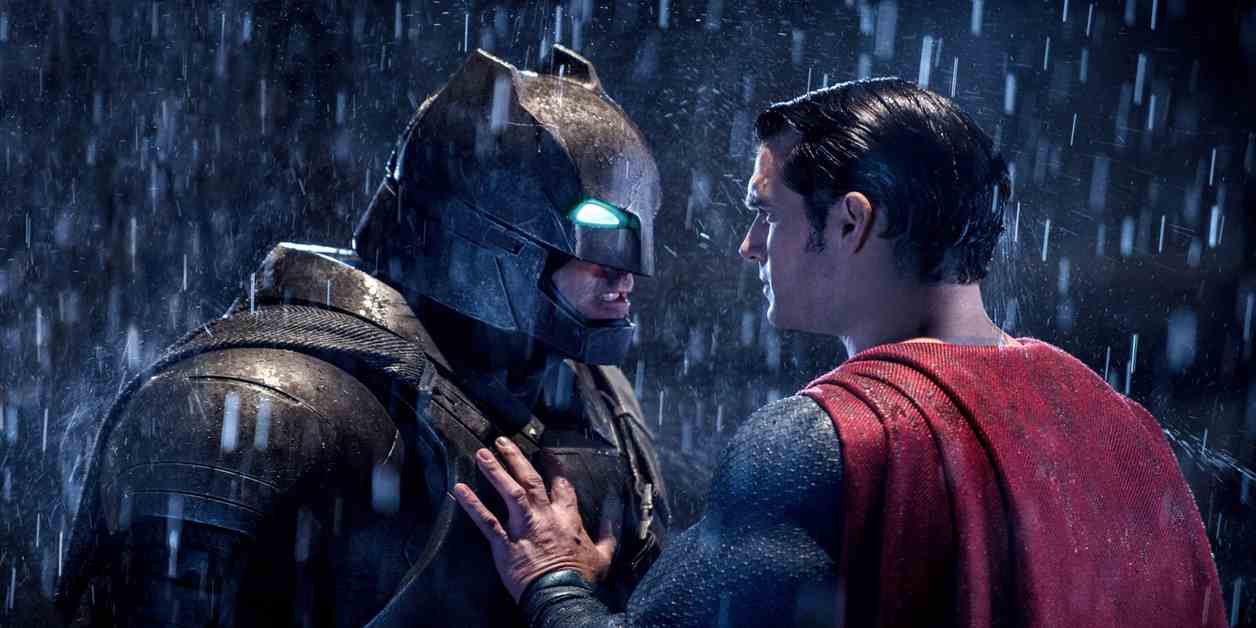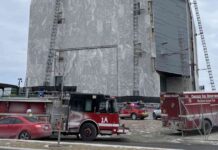Michigan Central Station: A Pop Culture Icon Through the Decades
Michigan Central Station has always been a star of Detroit’s architectural scene. Yet in popular culture, it is more of an ever-changing character actor.
In the 2018 documentary “Detroit: Comeback City,” the 1913 train station is given its due as a portal to the hopes and dreams of those arriving in the Motor City. In its heyday, giants of industry, politics and Hollywood walked through its soaring lobby.
Need to visually signal to moviegoers that the plot is unfolding in the D? If it’s a comedy, the oft-used Renaissance Center is a fine symbol. But for action dramas like 2005’s “Four Brothers,” the worn, empty Michigan Central Station was a prime scene setter. In this tale of four men who return to Detroit after the murder of the woman who adopted them, a mournful Mark Wahlberg drives past the desolate structure in a cityscape coated with dirty gray snow.
Michael Bay, the director known for staging larger-than-life spectacles on the big screen, has filmed in Detroit several times and used the station to dramatic effect.
Numerous chronicles of the city’s plummet into bankruptcy include shots of Michigan Central Station at its most derelict. But 2012’s “Detropia,” made by Oscar-nominated filmmakers Heidi Ewing and Rachel Grady, was a thoughtful, hauntingly lovely look at the city’s struggles in the new global economy.
Zack Snyder’s “Batman v Superman: Dawn of Justice,” released in 2016, needed a bold, supersize place for the title battle between DC’s top characters. So, of course, it selected the station to play the Gotham setting for the brutal slugfest between Bruce Wayne and Clark Kent’s alter egos.
The 2010-11 ABC crime drama “Detroit 1-8-7” wanted to be authentic, but it didn’t quite understand that referring to a carbonated beverage as a soda is a cardinal sin in a pop zone. Even the title’s numbers worked against the fictional police precinct’s cred by using a number from the California penal code section about murder.
Eminem’s single “Beautiful,” released in 2009 from the “Relapse” album, starts out as an expression of his depressed state. In the video, Eminem visits three abandoned landmarks — Michigan Central Station, the former Packard plant and the now-demolished Tiger Stadium — to convey those emotions.
Cinematographers and photographers understandably love the station for its graceful, noble style of construction. Beaux Arts architecture, after all, draws on the best of the Renaissance, Baroque and neoclassical schools.




